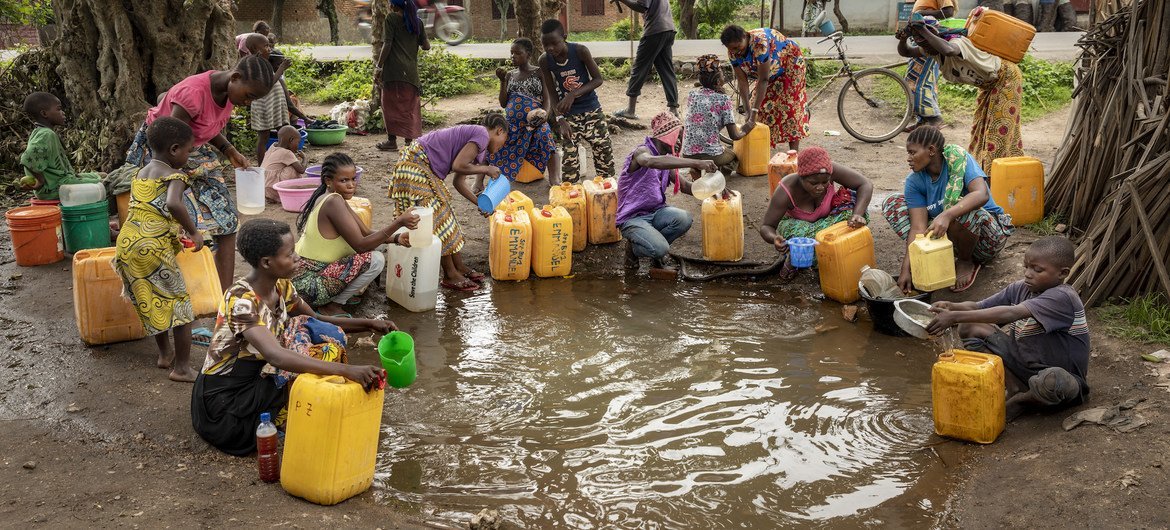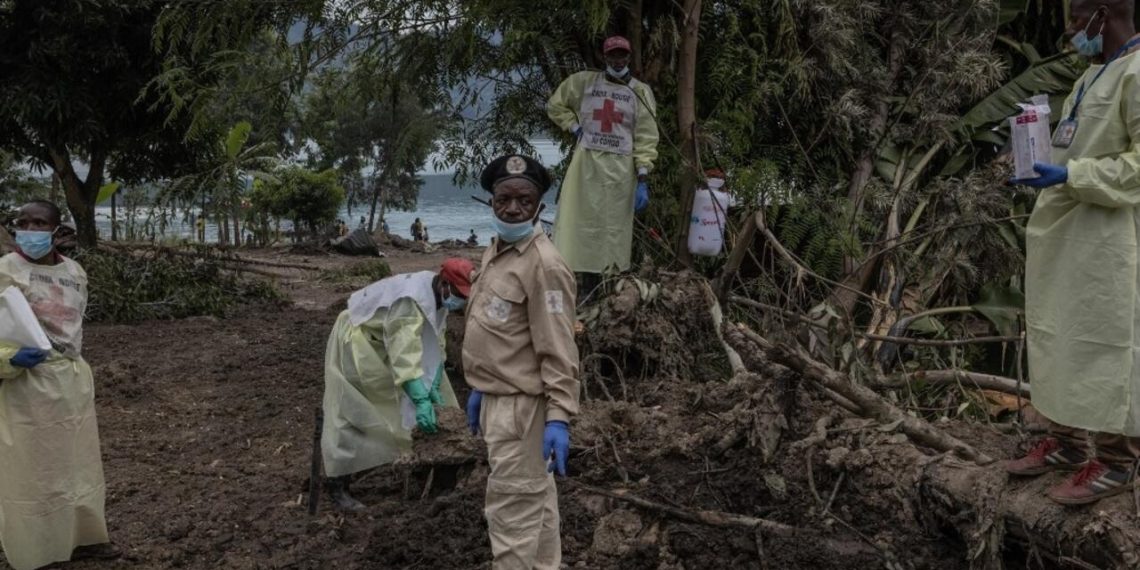In makeshift shelters on the outskirts of Kinshasa, Democratic Republic of Congo, families like Cyprien Seka’s are grappling with the aftermath of devastating floods. Seka, a father-of-three, watches over his sleeping baby, wondering when they can safely return home.
Late December’s torrential rains caused the Congo River to swell to its highest level in six decades, displacing around 500,000 people.
Seka’s family, like many others, lost nearly everything as they fled the rising waters. Over 2,400 individuals are crammed into the camp, with some forced to sleep outside due to limited space in shared tents. Grandmother Pansel Moto Pamba, aged 55, describes the conditions as suffocating, with people crowded together on the ground.
The floods have wreaked havoc across sixteen of Congo’s twenty-six provinces, claiming at least 221 lives and damaging tens of thousands of homes. This catastrophe has not only displaced communities but also heightened the risk of diseases like malaria and typhoid.

Hydrologist Raphaël Tshimanga emphasizes the urgent need for improved flood management, especially in and around Kinshasa. Deforestation exacerbates the impact of heavy rains, as Congo experiences significant tree-cover loss, ranking second globally after Brazil.
The destruction caused by the floods highlights the vulnerability of the 83 million people living near the Congo River basin. Tshimanga warns that without effective measures, such disasters could become more frequent. As Congo braces for future challenges, families like Seka’s remain uncertain about when they can return home and rebuild their lives amidst the devastation.





